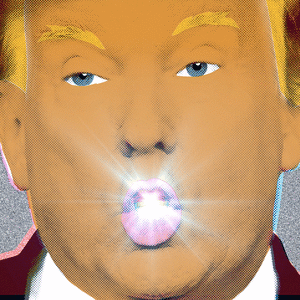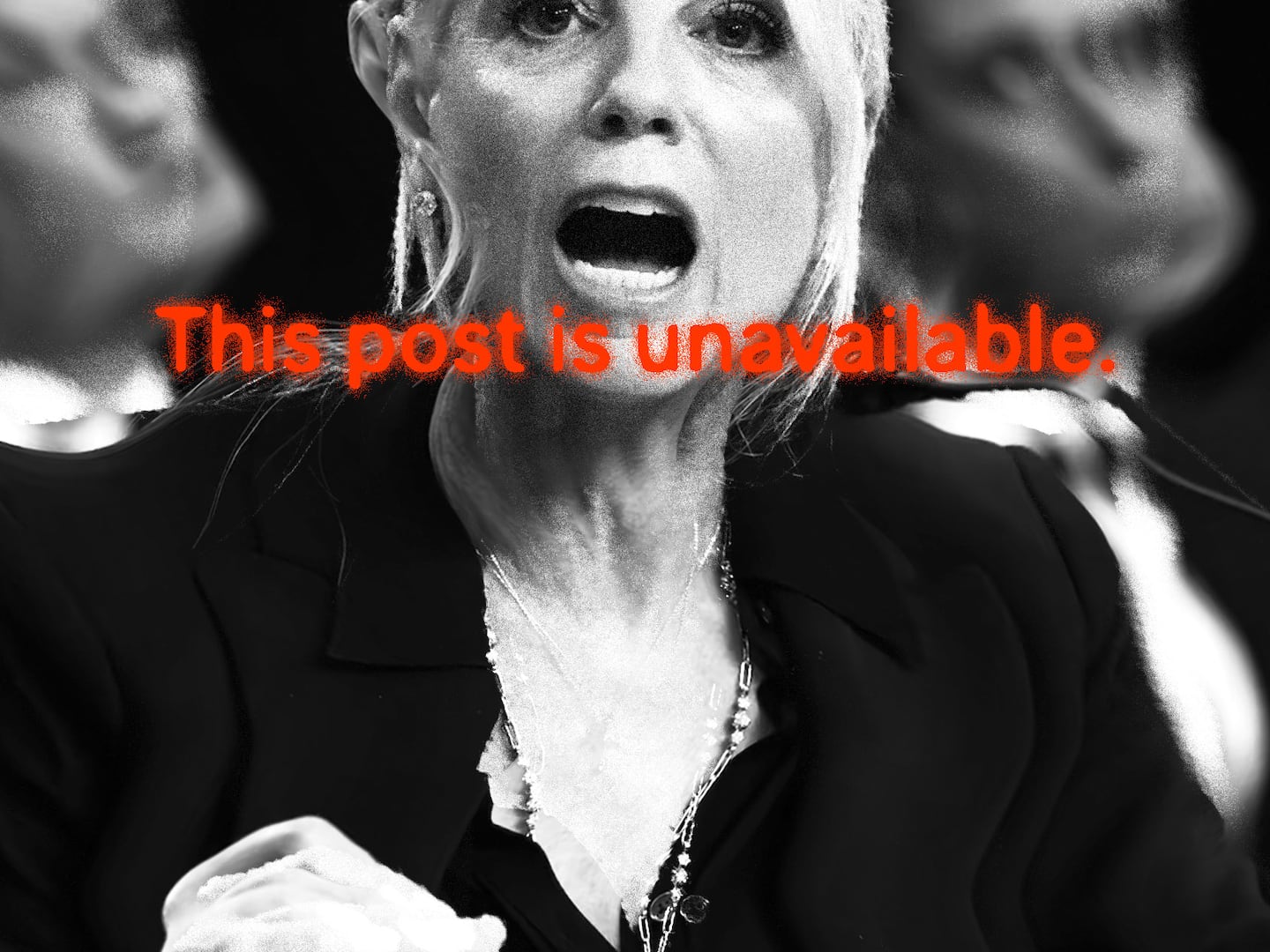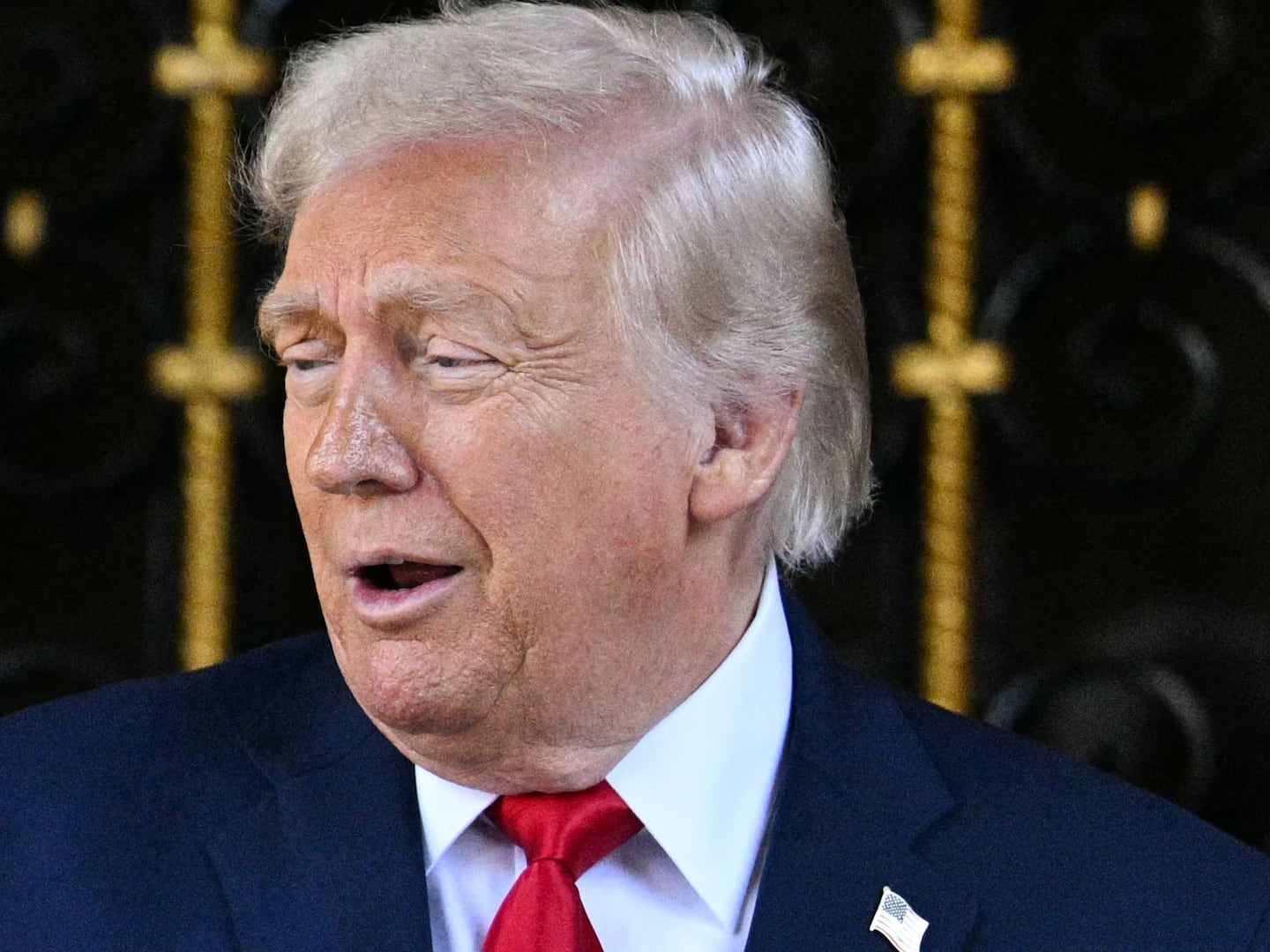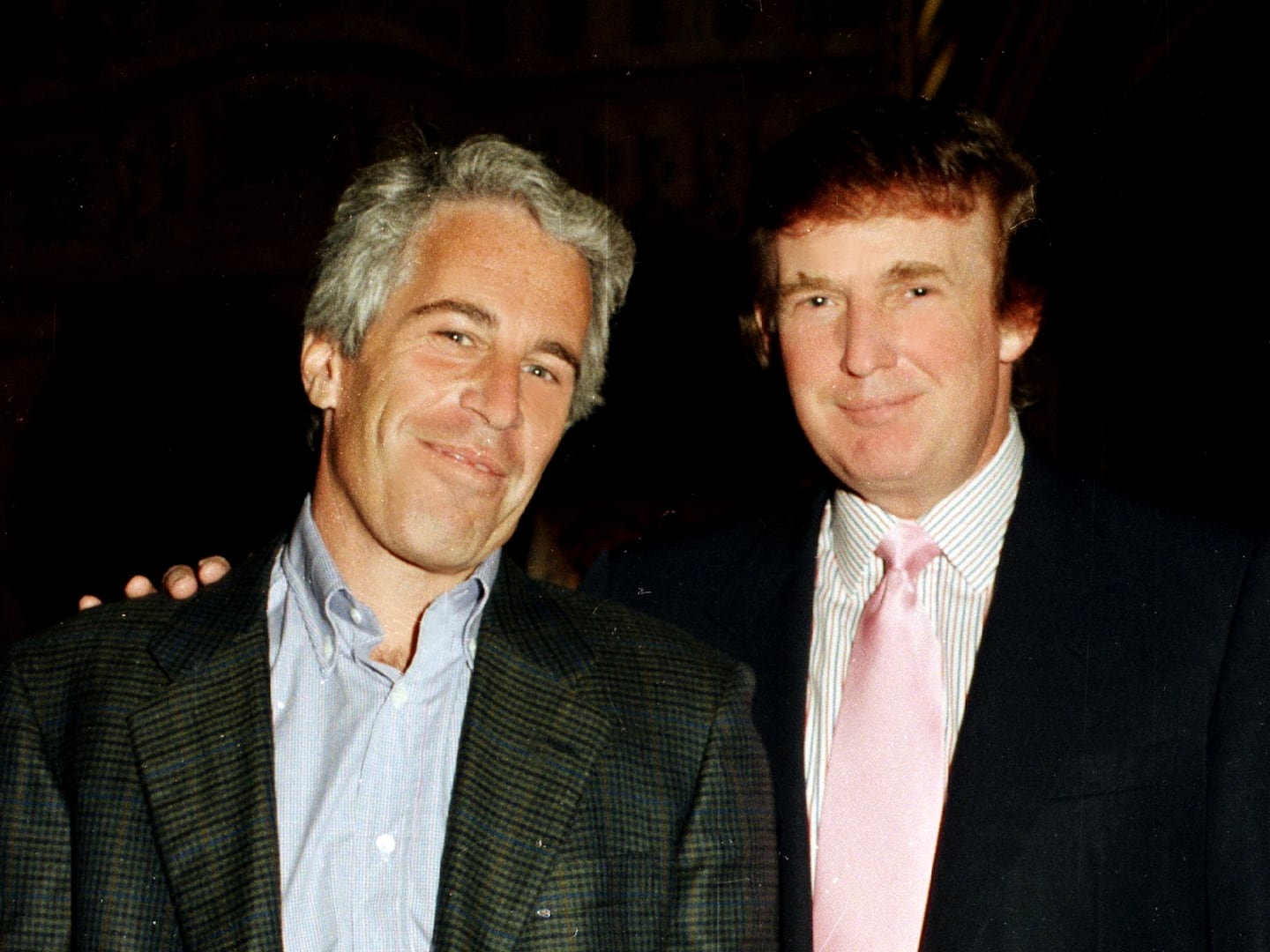In order to preserve the conservative movement’s credibility, William F. Buckley excommunicated the John Birch Society, relegating their crackpot conspiracy theories to the fever swamps of American politics.
Six decades later, paranoid conspiracy theories are sexy again.
In recent days, right-wing personality Candace Owens declared that “not one person in my family will ever touch the COVID-19 vaccine.” A doctor appearing on Laura Ingraham’s Fox News show warned about the dangers of vaccines, saying, “Unless we really have a compelling case, no one under age 30 should receive any one of these vaccines.” And Charlie Kirk of Turning Point USA compared the idea of requiring college students to be vaccinated to an “apartheid-style open-air hostage situation.” (TPUSA’s co-founder Bill Montgomery died last year of complications related to COVID-19).
But it’s not just the overt entertainment wing. Regarding Joe Biden’s idea to go door-to-door encouraging people to get vaccinated, Rep. Dan Crenshaw tweeted: “How about don’t knock on my door. You’re not my parents. You’re the government. Make the vaccine available, and let people be free to choose. Why is that concept so hard for the left?” Rep. Marjorie Taylor Greene went a step further, saying people “don’t need your medical brown shirts showing up at their door ordering vaccinations.” And Rep. Lauren Boebert tweeted that “Biden has deployed his Needle Nazis to Mesa County [Colorado],” before asking: “Did I wake up in Communist China?”
That’s right, the “Needle Nazis” and “brown shirts” with the audacity to knock on your door and offer to save your life are being compared to apartheid supporters, Chinese communists, and Hitler’s henchmen.
Not only does this anti-vaxxer rhetoric risk killing the vulnerable and susceptible Americans who trust the Crenshaws and Greenes of the world (there is a vaccination gap between red and blue America), it also can potentially jeopardize the safety of anyone who goes door-to-door for this noble cause.
Still, it’s worth asking: Why are Republicans (who presumably want to keep their voters alive and who could have claimed credit for Operation Warp Speed) drawn to this irrational and conspiratorial cause? It’s more than just a desire to score cheap political points. Simply put, the use of right-wing vaccination paranoia at this point in time is more than just a mere coincidence.
We’ve seen this before. In his famous 1964 essay, “The Paranoid Style in American Politics,” Richard Hofstadter warned about a “sense of heated exaggeration, suspiciousness, and conspiratorial fantasy” on the right that feels familiar today. He also noted that “the paranoid style has a greater affinity for bad causes than good”—an observation that rings especially true in light of the vaccination panic.
And he effectively demonstrated that some people who ought to know better (like Crenshaw, who’s an ex-Navy SEAL) have historically exploited this toxic trend, noting that the anti-Masonic movement “attracted the support of several reputable statesmen who had only mild sympathy with its fundamental bias, but who as politicians could not afford to ignore it.”
Of course, this sort of paranoia is not exclusive to the right. Hofstadter’s mention of some abolitionists “who regarded the United States as being in the grip of a slaveholders’ conspiracy” rings true. Rep. Cori Bush’s assertion that the freedom we celebrate on July 4 “is for white people,” and that “this land is stolen land and Black people still aren’t free,” taps into a strain of left-wing paranoia. Still, it seems clear that this conspiracy thinking is now mainstream within the GOP, while it (for now) remains on the periphery of the Democratic Party.
Hofstadter’s essay was written on the heels of the rise of the John Birch Society and Joseph McCarthy’s “red scare,” while Barry Goldwater was the dominant figure in the Republican Party. To liberal intellectuals of his day, the right must have seemed utterly paranoid. But by the time the essay was written, McCarthy had been hoisted by his own petard and Buckley had written the Birchers out of the conservative movement. Later that year, Goldwater would lose the presidency by a landslide to Lyndon Johnson.
Sixteen years after Hofstadter’s article and Goldwater’s loss, my hero Ronald Reagan (who referred to the Birchers as the “lunatic fringe”) would be elected president. With some obvious caveats, the conservative movement and the Republican Party did a pretty good job of brand management and self-policing between 1964 and the dawn of the 21st century—so much so that Gen-X “Alex P. Keaton conservatives” like yours truly could look at Hofstadter’s critique and assume it was always overblown.
What we didn’t appreciate was that the Cold War served as a temporary glue that bound the disparate elements of the movement together, uniting them against a real existential threat. Nor did we appreciate how the 20th century’s technological barriers of entry empowered gatekeepers or what the rise of talk radio, cable news, and Twitter would unleash on us all.
Today’s right-wing anti-vaxxers are merely the latest incarnation of the paranoid style of American politics. The Birchers didn’t lose to Buckley; they just bided their time. The virus may have gone dormant, but it never really went away.








